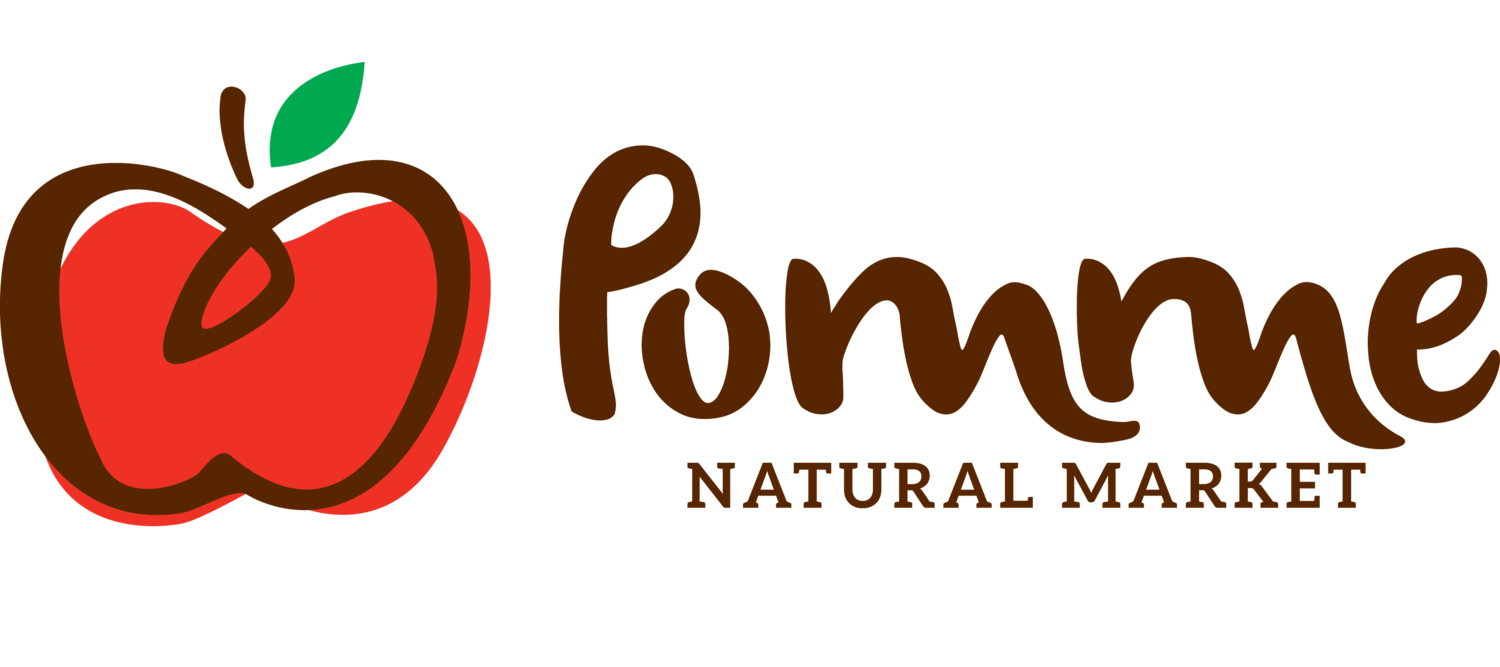How To Attract Pollinators To Your Garden
/Butterflies and bees pollinating flowers
As conscious consumers who appreciate the benefits of healthy, organic food, we know that all living things form an interconnected and interdependent web. Reduced numbers of bees, insects and other pollinators is bad news for our food supply and the planet as a whole. Luckily there are some simple and enjoyable ways to effectively put out the welcome message to pollinators like bees, butterflies and birds. These beautiful creatures are delightful to see in our gardens and they’re essential for plants to thrive. Let’s look at some ways to show them some love.
Start with Plants
To start attracting pollinators to your garden, it's important to provide them with food sources. Consider planting a variety of flowers, especially those with bright colors and a sweet fragrance. Native plants are great for this purpose, as they are well-suited to the local climate and provide a habitat for local pollinators. Also consider woody and soft-stemmed native plants in addition to flowers, and those that bloom at different times of the year. Pussy willow, for example, is an early bloomer.
Hey Bees, what’s your favourite colour?
Bees have very good colour vision and are drawn (literally) to blue, purple, violet, yellow and white. They also appreciate diverse shapes and sizes of plants so keep it interesting for them with a variety of plantings. Rather than distributing different plants evenly over a large area, aim for large clusters of a single species in groups of about four feet in diameter if you have room. This will act like a bullseye that bees will spot from a distance.
Herbs: good for you; good for pollinators
Anyone can grow herbs, whether you have a large backyard garden or just a few potted plants on your balcony. Here are some common herbs that grow well in the Lower Mainland and Vancouver Island region that will attract bees and butterflies: Chives, Dill, Fennel, Lavender, Lemon Balm, Oregano, Parsley, Sage, Rosemary and Thyme.
Favourite flowers
Not only do flowers add beauty to your garden, they are nectar for bees, butterflies and hummingbirds! Calendula, cosmos, echinacea, marigolds, sunflowers . . . the list goes on. For a guide to pollinator-friendly flowers that grow well in our area, see this link from our friends at WestCoast Seeds.
The Basics: shelter, water, food
Another simple way to attract pollinators is by providing them with a water source. This can be as simple as a shallow dish filled with water, or as elaborate as a small pond with a waterfall. Just be sure to change the water regularly or keep it flowing to prevent mosquitoes from breeding.
You can also create a habitat for pollinators by providing shelter and nesting opportunities. This is good news for those who don’t have time to keep up with yard work regularly. Go ahead and leave natural debris on the ground, such as fallen leaves and twigs. Birds use the materials for their nests and insects will seek the moist and cozy coverage of a leaf pile. A manicured lawn may look tidy, but it’s not a welcoming natural habitat for wildlife and insects. Let it get a little wild and see who comes to visit!
Build a bee hotel or butterfly house
Putting out the welcome sign with a customized shelter is a way to be a “super host” for our pollinator friends. Bee, insect and butterfly “hotels” can be found in local gardening centres, online, or you can even look for instructions to build one yourself. These houses provide a safe place for resting and roosting.
Bee Hotel
Reduce outdoor lighting
We love the vibe of string lights glowing and twinkling in the garden, but it’s important to turn them off when you aren’t outside. Several species of birds and insects are highly sensitive to artificial light and it can impede their navigation, reduce their ability to find food, and even curtail their reproduction habits (we don’t want to interfere with that!)
Avoid pesticides and herbicides
This is a no-brainer. We try to avoid chemicals in our food by buying and growing organic, and it’s just as important to avoid using pesticides and herbicides for non-edible plants and flowers as well. This will provide a healthy, natural food source for pollinators, other beneficial insects, and other living creatures. If you need to control pests, look into companion planting and beneficial insects like ladybugs.
By following some of these simple steps, you can create a beautiful and welcoming garden that is sure to attract a variety of pollinators. So go ahead and become a host to pollinators—your garden (and the planet) will thank you!


